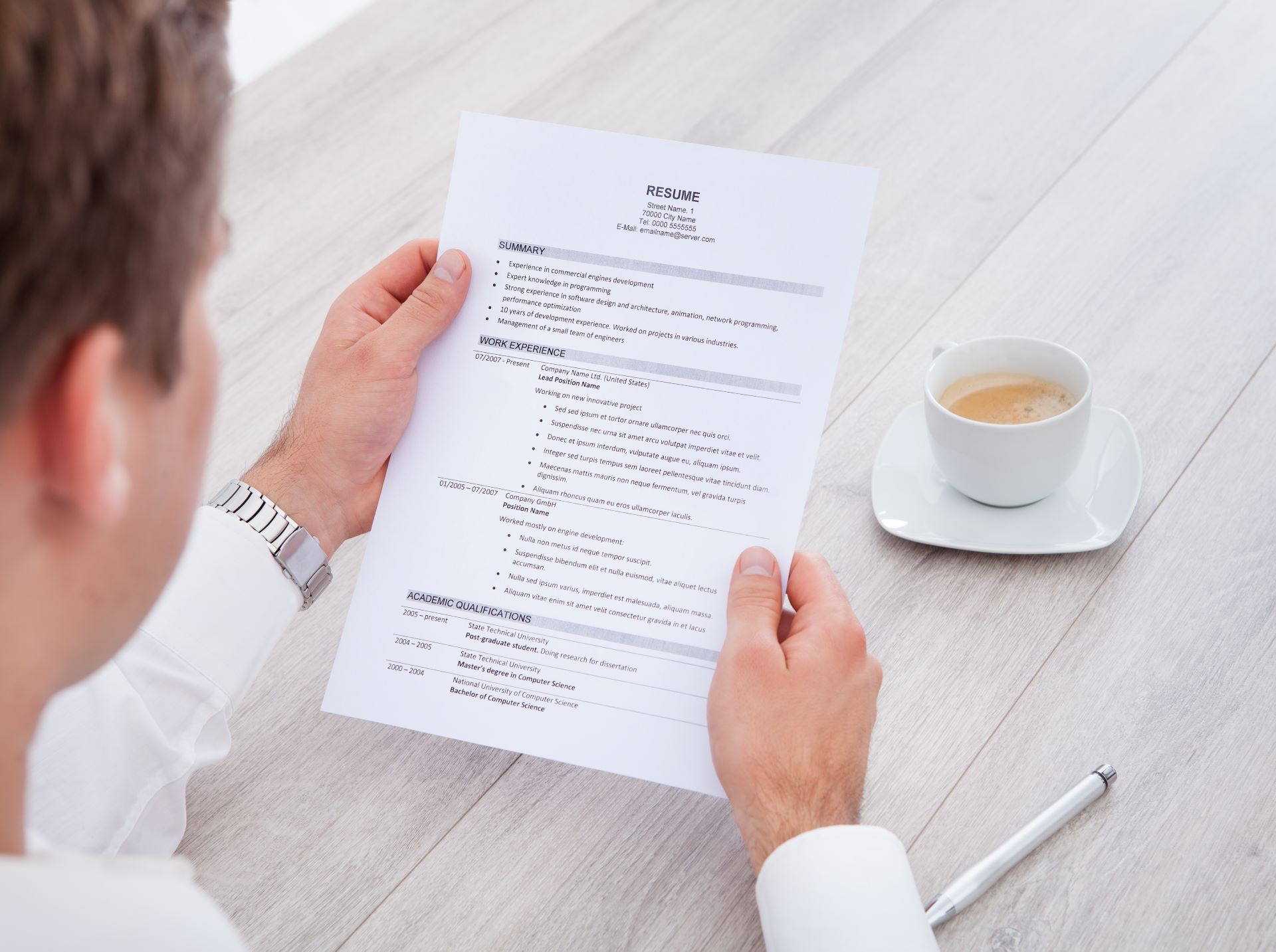How to write a resume Summary, Headline and an Objective

A summary of your resume, a headline and goal are all essential components of a well-formatted resume. They’re the first items that hiring managers look at and must be customized to the job that you’re applying for. Here at Whyalla Resume, we specialize in providing resume writing services to help you stand out from the competition. In this article, we’ll explain how to write your resume summary and headline as well as an objective.
Section 1: How to write a Resume Summary
A resume summary is a short paragraph at the top of your resume that summarises your skills and qualifications. It should comprise a couple of paragraphs or bullet points, and should include your most relevant talents and achievements.
- Make it concise: A resume summary is a brief overview of your education and work experience. Limit it to a couple of paragraphs or bullet points.
- Use keywords: Use keywords related to the job you’re applying for. This will allow your resume to be noticed by hiring managers and applicants tracking systems (ATS).
- Customize it for the job: Tailor your resume summary for the specific position the job you’re applying for. Highlight the skills and experience most relevant to the position.
- Include the most recent and relevant experience: Highlight your most recent and relevant experience. This will prove to the hiring manager that you have the skills and experience that they’re looking to hire.
- Ask for help from a professional you’re having trouble writing your resume’s resume summary, or you need assistance with making it more relevant to the jobyou want, think about seeking assistance from a professional at Whyalla Resume.
Section 2: How to Write an Effective Headline for your Resume
A headline for your resume is a short introduction at the top your resume that provides your credentials and work experience in a catchy and attention-grabbing way.
- Keep it short The headline of your resume is a concise description. Make it a couple of words or even a single sentence.
- Keywords: Use words appropriate to the job that you are applying for. This will help your resume get seen by managers who are hiring and applicants tracking systems (ATS).
- You can tailor it to the position Make sure your resume’s headline is tailored to the specific position it is you’re submitting for. Include the relevant skills and experience you have that are most pertinent to the job.
- Be creative: Be creative with your headline . Make your headline stand out.
- Consult a professional for assistance: If you’re struggling to create your resume’s headline, or you need assistance with tailoring it to your jobposting, you might want to seek assistance from a professional at Whyalla Resume.
Section 3 How to Write a Resume Objective
A objective for your resume is a line on your resume’s top. It explains your career goals and the specific job you’re submitting for.
- Make it short The objective of a resume should be a short statement. Make it a few paragraphs or bullets.
- You can tailor it to the position Make sure you tailor your resume’s objective to the job the job you’re interested in. Be specific about how you can help achieve the goals of the company.
- Be specific: Give specific details regarding your professional goals and how they align with the job you’re applying for.
- Consult a professional for assistance: If you’re having trouble writing your resume’s objectives or assistance in tailoring it for the position, you might want to seek professional assistance from Whyalla Resume.
If you follow these guidelines, you can create an effective resume summary, headline, and objective that effectively highlights your qualifications and experience. Customize them for the position you’re applying to, and ask for help from a professional. Whyalla Resume can also assist you with your resume and make sure the resume is distinct from the rest of your resume.
In addition to a strong summary along with a compelling headline, headline, and objective Be sure to include relevant work experience, education and abilities in your résumé. Use powerful action verbs to provide a description of your past duties as well as accomplishments, and then measure your accomplishments whenever you can. For instance, instead of using the phrase "Helped customers with their questions," say "Assisted over 100 customers per week with service or product related questions, resulting in an increase of 20% in customer satisfaction ratings.




